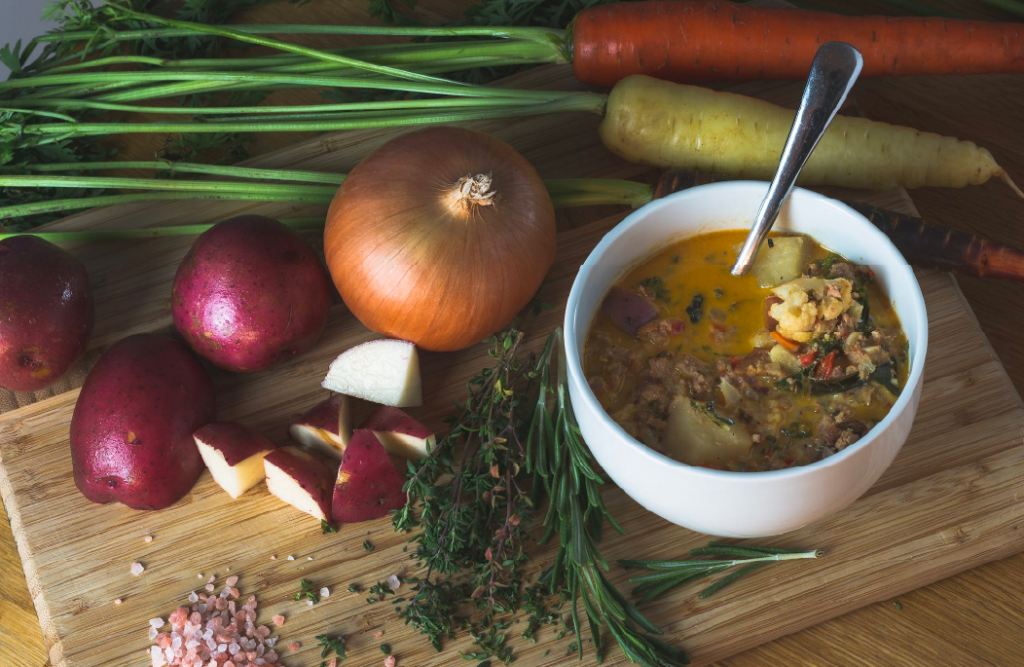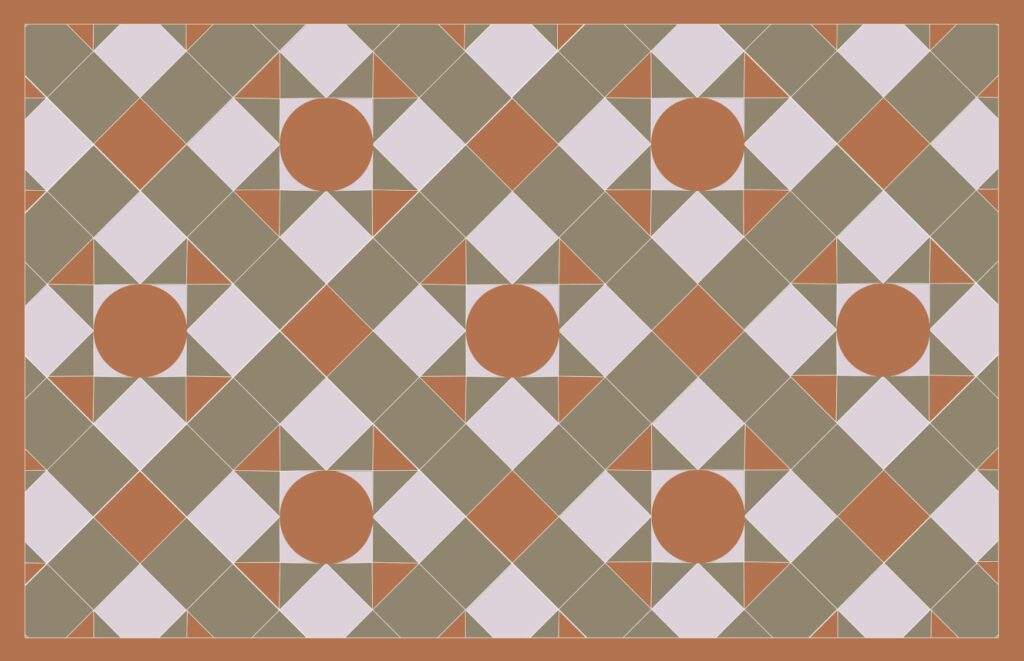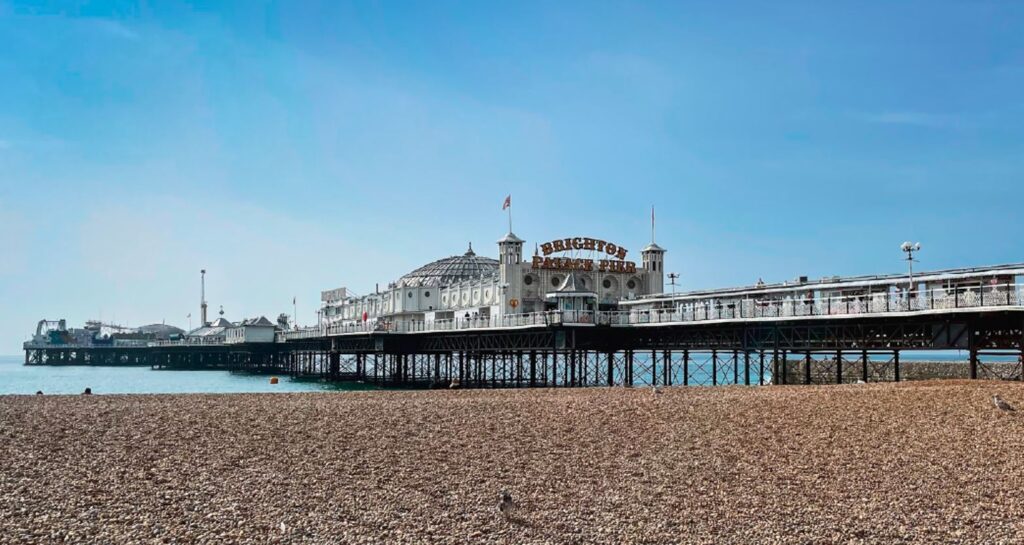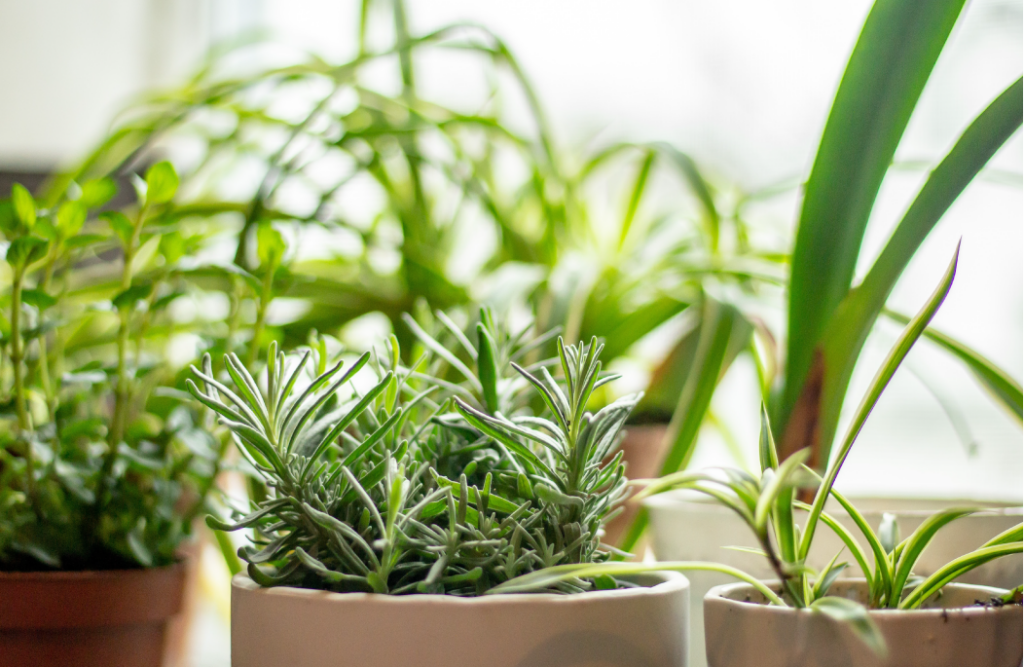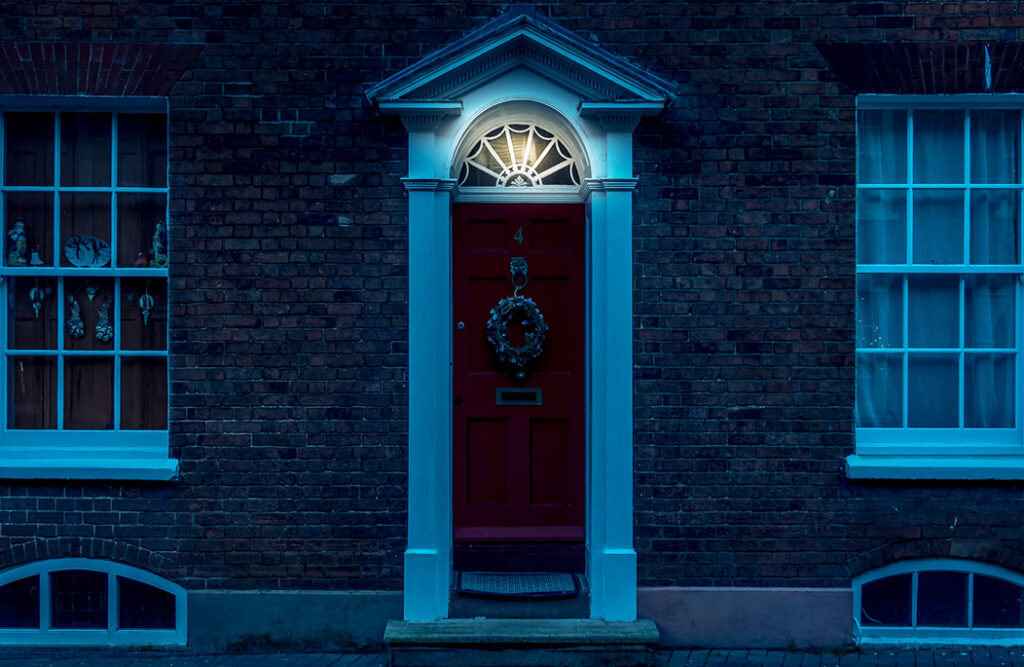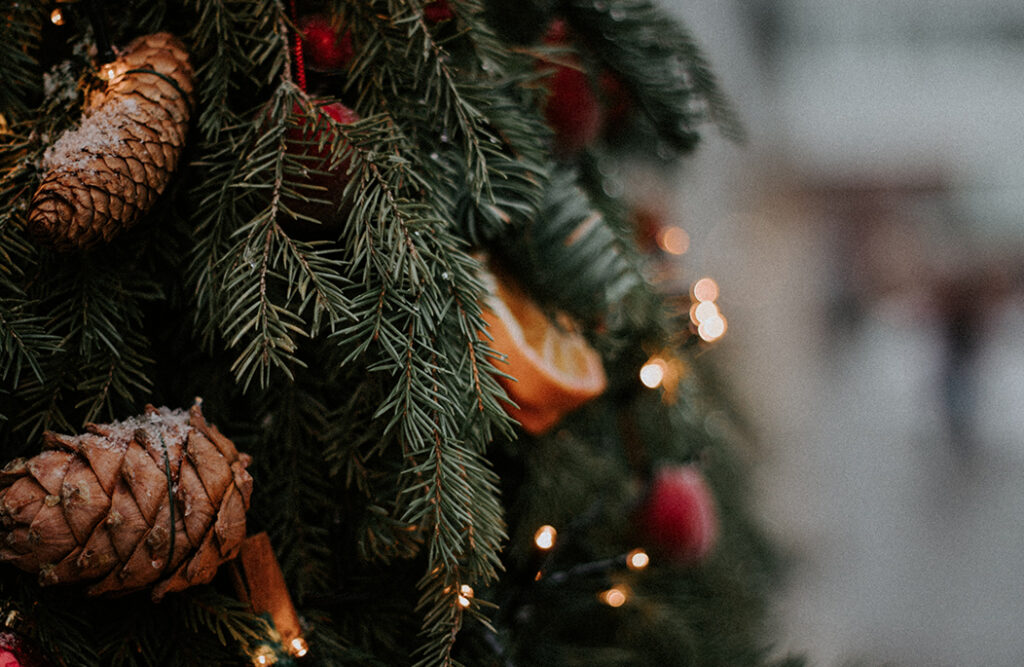In these diet-conscious days, many of us struggle to reach our five portions of fruit and veg a day. In contrast, our Victorian counterparts regularly smashed fruit and veg targets by consuming as many as eight portions a day.
What’s more, they were all seasonal, all organic and mainly grown at home, along with a generous mix of herbs and spices. Read our blog about planting a Victorian herb garden.

Root veg was a daily staple
Root vegetables, such as potatoes, Jerusalem artichokes, swede, turnips and carrots, were daily staples, as were onions, watercress, beetroot, and cabbage. Many of these foods are today heralded as ‘superfoods’ because of their high vitamin and mineral content.
Apples were ever-present in the Victorian diet – it seemed almost every home had an apple tree in the garden – and there wasn’t a Granny Smith or Golden Delicious in sight. They were traditional British heritage apples such as Adams Pearmain, Blenheim Orange, Cox’s Orange Pippin and Egremont Russet.
In the summer, lettuce, tomatoes, radishes, fresh peas and beans were abundant. Soft fruits such as gooseberries, greengages, blackberries, plums and strawberries provided even more healthy sustenance.
download the full victorian homes ebook
Download Victorian Homes, a free ebook created by Adrian Flux insurance services. It is full of Victorian house facts, tips on how to create a Victorian style house — even if you live in a new-build home — and advice on where to source original Victorian and reproduction fixtures, fittings, furniture, accessories and art.
Omega-3-rich food was a key part of the Victorians’ diet
The Victorians also consumed more omega-3-rich oily fish and seafood than we do. Herrings, eels, oysters, mussels and cockles were heartily enjoyed, as were white fish such as cod and haddock. And the Victorians ate the whole fish, including the head and roes. Read our blog to discover 10 bizarre foods the Victorians ate.
Many families also kept hens for fresh eggs and rabbits. But let’s not get sentimental, these were not pets but for food on the table.
Offal provided cheap and tasty meals
Offal including brains, heart, sweetbreads and ‘pluck’ (sheep’s lungs and intestines), along with liver and kidneys, all made cheap, tasty dishes.
Factor in the occasional hare or pheasant, trapped in the wild, and you can see how the Victorians had such a healthy diet.
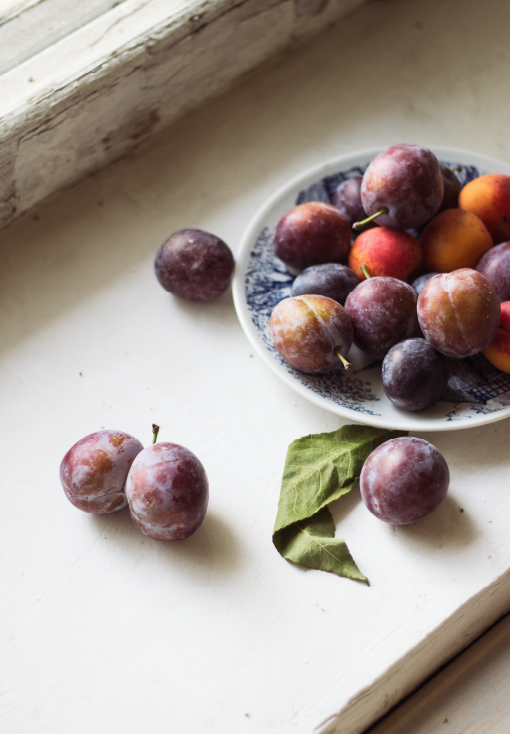
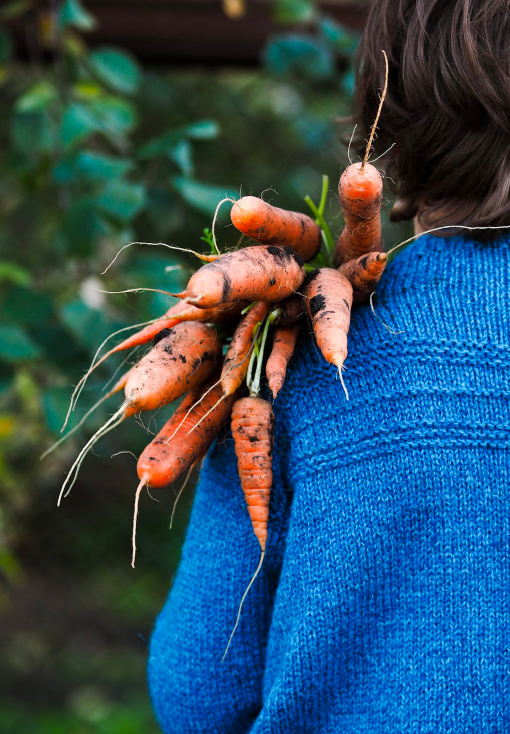
Victorians used far less salt and sugar
They used far less salt than we do today and their sugar consumption was also relatively low, though they did love to bake. Read our blog to learn about afternoon tea and the treats enjoyed by the Victorians.
The Victorians stretched their food better than we do
The Victorians loved to cook and spend hours i n their kitchens concocting recipes from scratch. And they were also far better than we are at making their food stretch through the week. Something we should seriously consider today as there is so much concern over excessive food waste.
The Sunday roast lasted until mid-week, eaten cold on Monday with bread and salad, minced or stewed on Tuesday and perhaps in soup on Wednesday.
Looking to insure your Victorian Home?
Adrian Flux is a specialist insurance compnay offering bespoke cover for all period and Victorian homes. Call 0800 369 8590 got a fast and hassle-free quote.
Our home insurance customers saved an average of 31% in 2021 when taking out a policy with us. See how much you could save by giving us a call.
